Production stops due to a changing EV market
If you want a new Mercedes-Benz EQ electric vehicle, you’ll have to settle for what’s on the lot – for now. Mercedes has temporarily suspended new orders for its battery electric EQS and EQE sedan and utility vehicles, citing “current market conditions” as the reason for the decision, according to various reports.
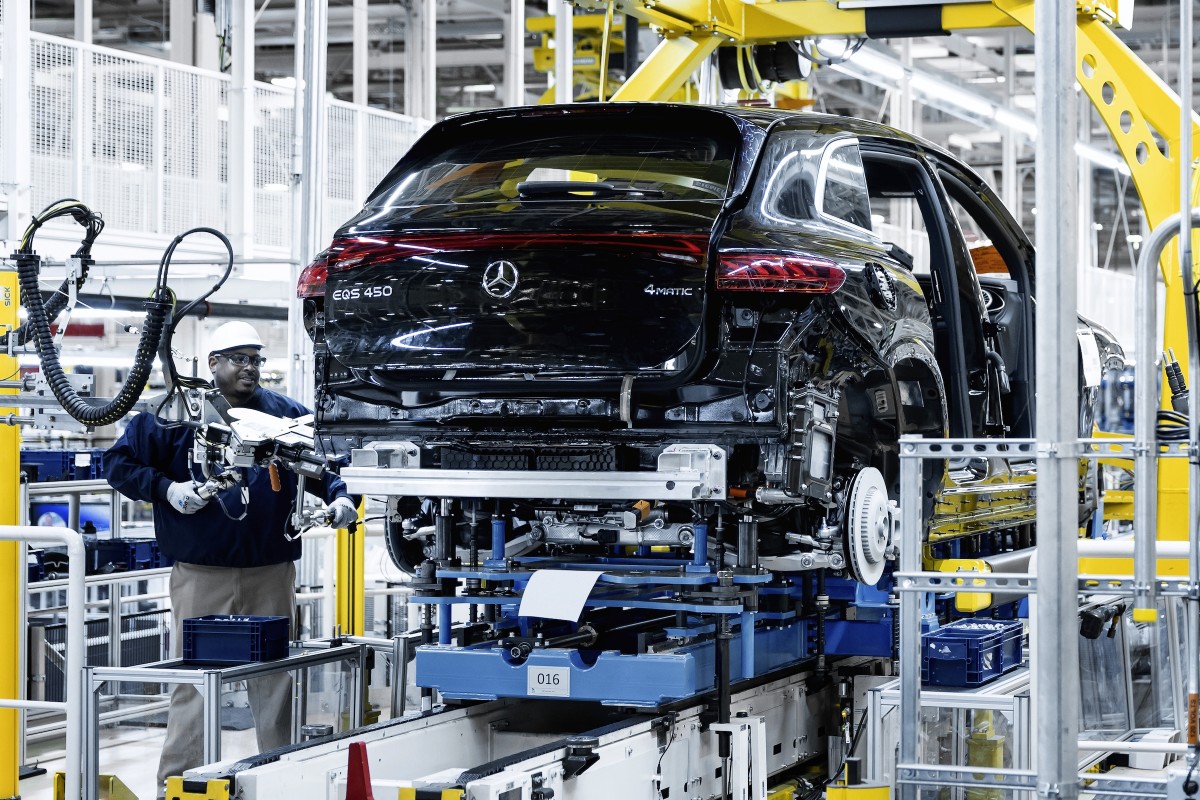
Mercedes-Benz
While ordering is projected to reopen, deliveries won’t be expected until the fourth quarter, according to a dealer memo dated July 31. At Mercedes-Benz’s assembly plant in Vance, Alabama, production of the battery-electric EQS and EQE SUVs for the U.S. market will cease on September 1. The company will continue to build them for other markets, while gasoline-powered GLS and GLE SUV production at the plant is unaffected. Electric vehicle (EV) production in Vance is forecast to plunge nearly 55 percent from 1,179 vehicles in August to 534 in December, according to a report in Automotive News. About 60% of the vehicles built in Vance are exported.
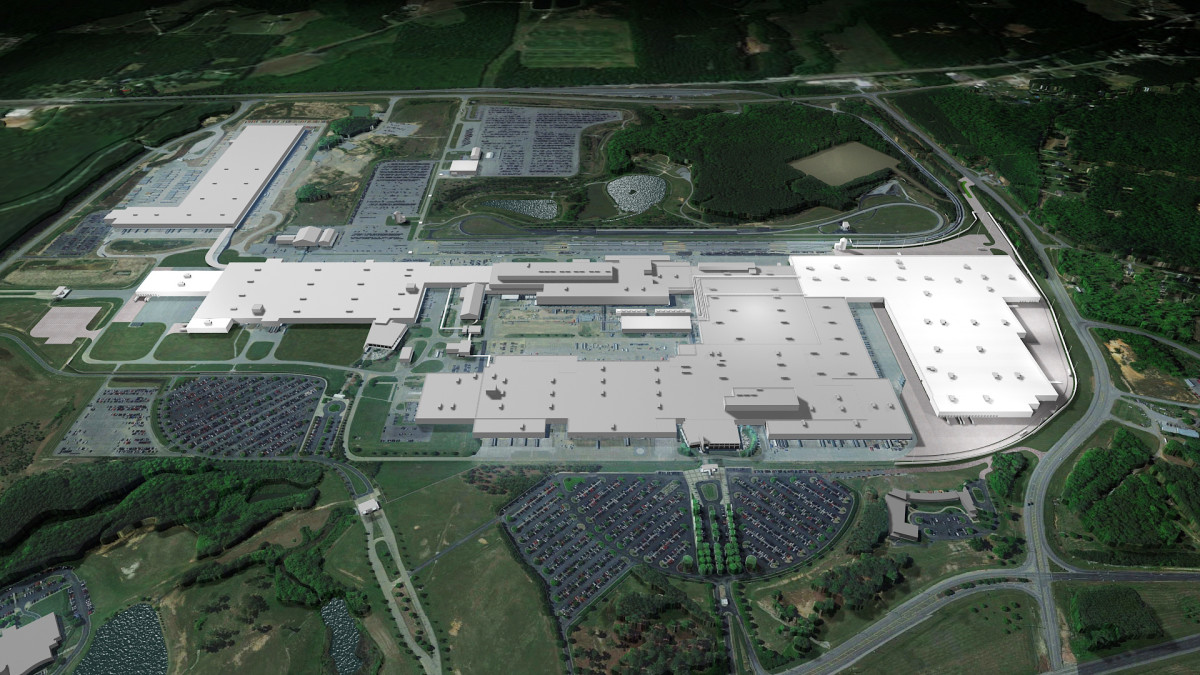
EVs are not the hot product in showrooms
Sales of both electric SUVs have dropped significantly in the first half of the year, according to the same report. Consumer demand for the EQS SUV declined 32%, while deliveries of the EQE SUV tumbled 35%. It’s even worse for EQ sedans. According to Edmunds and Automotive News, the EQE sedan requires 113 days to sell despite an 18% discount, while the EQS needs 87 days with a 15% discount. Compared to other Mercedes-Benz vehicles, it takes dealers 72 days to typically move the EVs. The impending end of the $7,500 federal EV tax credit on September 30th is also part of the reason why Mercedes-Benz is following the lead of other manufacturers: slowing down or delaying production to assess its impact on EV demand.
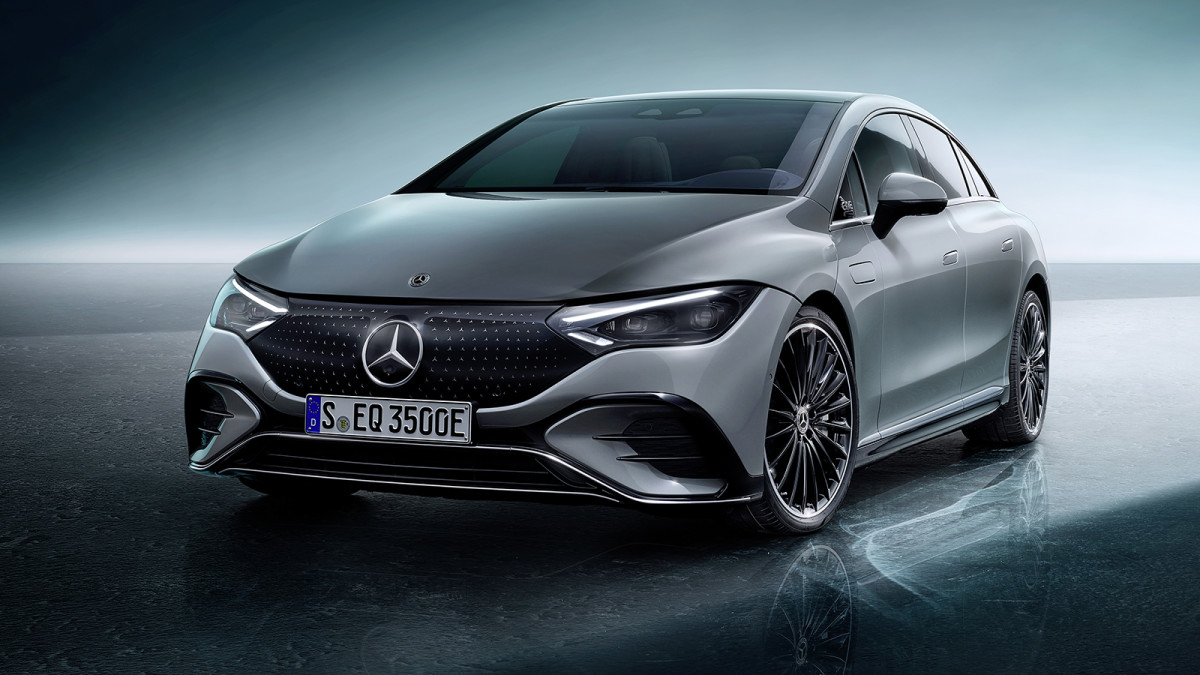
Mercedes-Benz
Still, according to Mercedes-Benz, the battery-electric CLA is still on track to reach showrooms later this year, with a CLA hybrid to follow come time after that. Meanwhile, the EQB is ending production at the end of the model year, as scheduled. Mercedes-Benz’s newest EV will not be part of a separate EQ lineup, as in the past, but will instead adopt the “CLA with EQ Technology” moniker as part of a reversal in marketing strategy. Electric vehicles will be designated as having “EQ Technology,” and plug-in hybrids will be designated as having “EQ Hybrid Technology.”
Automakers have struggled with how to market their EVs alongside their internal combustion engine (ICE) siblings. Audi marketed the E-tron SUV and E-tron GT sedan, their first EVs, as separate models. More recent EV models, such as Q4 or Q6, use even numbers, while ICE models, such as Q5 or Q7, use odd ones. BMW designates its EV models with an “i” before the name, such as iX3, alongside the ICE-powered X3.
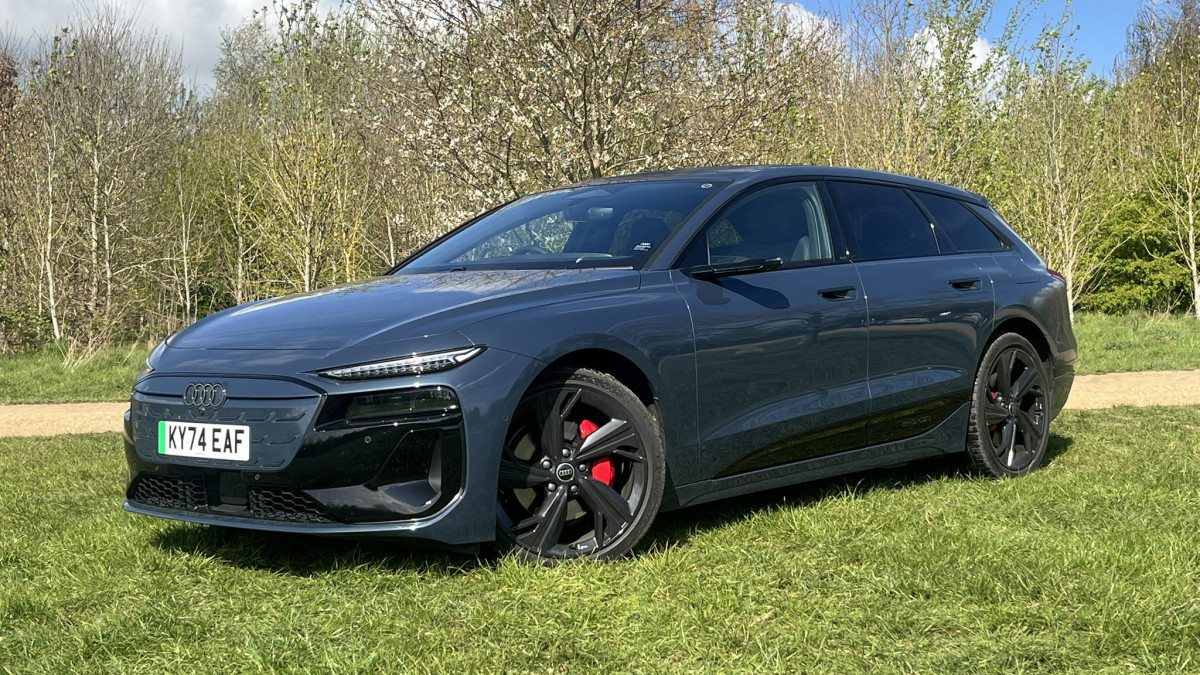
Audi
Final thoughts
Cox Automotive notes that June 2025 EV sales dropped 1.6% in June from the month before, and 3.5% year-over-year. Dealers had a massive 125-day supply of EVs in June, whereas a 60-day supply is considered optimal. Compounding the issue is a hefty 80-day supply of ICE models. Nevertheless, the top five EV brands in June were Tesla, Chevrolet, Hyundai, Ford, and Cadillac, with Chevrolet posting a strong 24.4% increase in sales and Kia reporting a robust 48.2% upturn. Despite overall declining demand, Cox states that momentum remains steady, but what happens next remains to be seen.
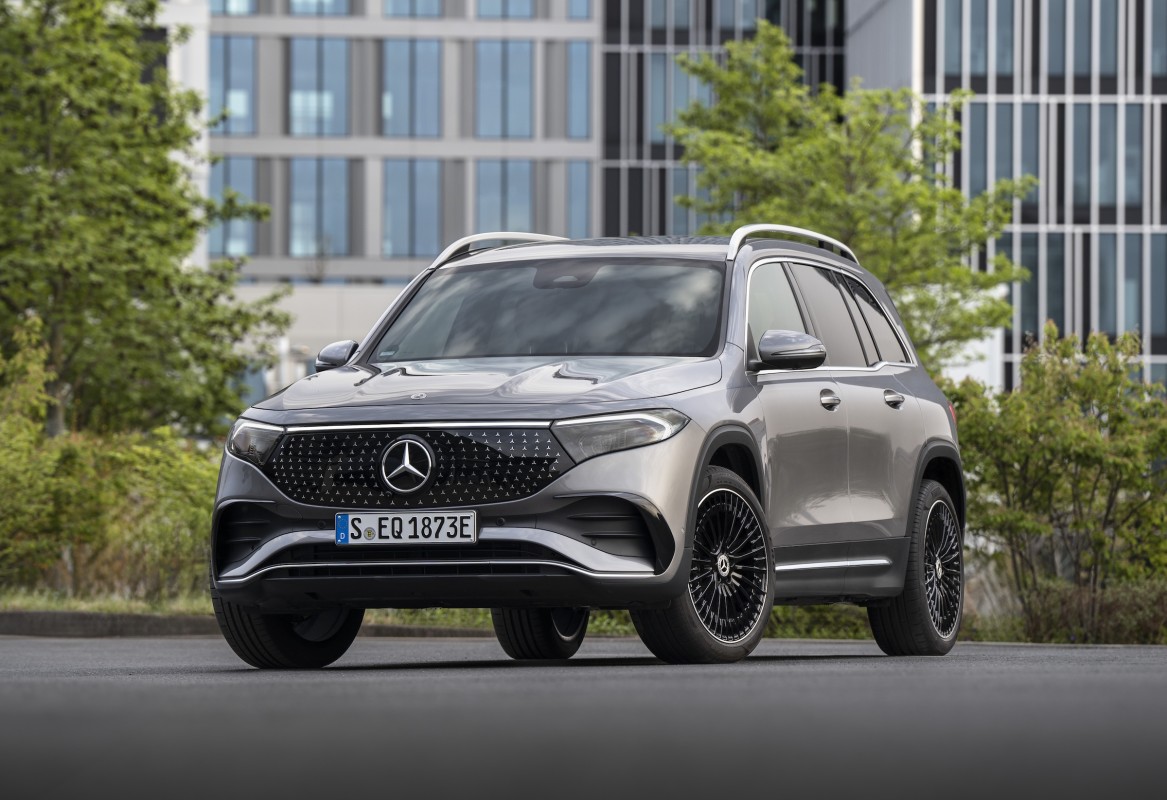
MBUSA
Most in the industry are expecting EV demand to increase in August and September as those intending to buy an EV will likely do so before the expiration of the $7,500 federal EV tax credit. Given that the impact of U.S. tariffs has yet to fully filter through to the Monroney sticker on most vehicles, getting a new EV sooner rather than later seems wise. The slackening demand in the face of disappearing government incentives for EV sales and infrastructure may lead to dealers not boasting such large inventories of EVs going forward. Given the large inventories on dealer lots, now is the time to get the best selection.